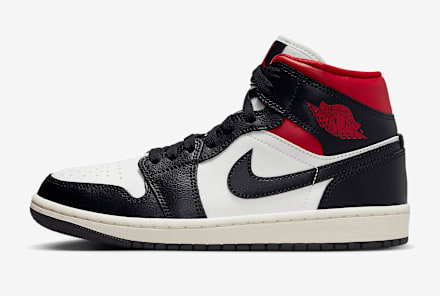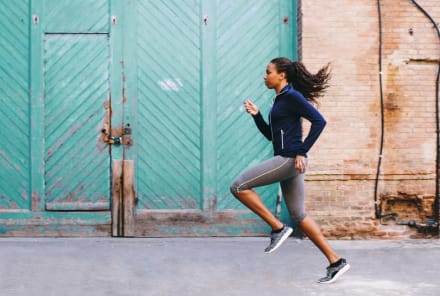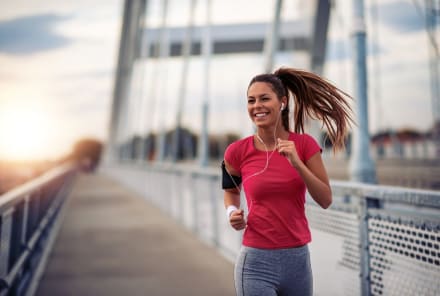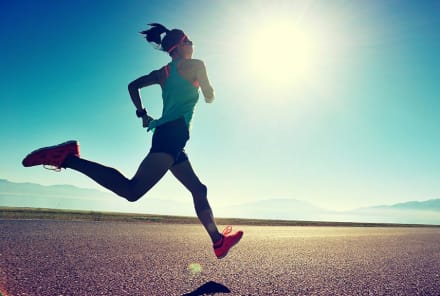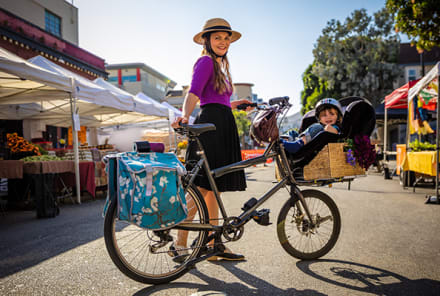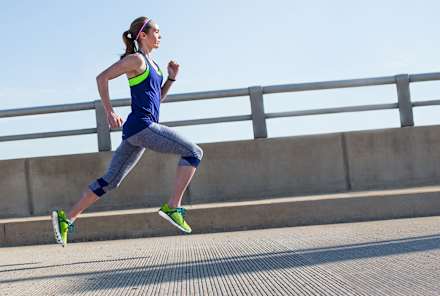Advertisement

Walking is something of a brainless activity. By the time we're truly conscious and aware of ourselves as toddlers, we've already learned how to move our legs in the clumsy yet precise way that will get us from point A to point B. Most healthy adults glide from one place to another, thinking mostly about where they're going and perhaps almost never giving any meaningful thought to the way they'll have to mechanically maneuver their bodies to physically get there. Indeed, it seems it's only when we're sick, injured, or exhausted that we start to feel the effort of lifting each foot for each step, the exertion of swinging our limbs to create that forward momentum, and the weight of the entire body pressing down on our soles.
It makes sense to assume that for such a basic, perfunctory, yet vital task such as walking—a task that literally facilitates our access to all other realms of life—humans would default to the simplest and most efficient way of executing it. But alas, individuals move in vastly different manners—fast or slow, in a straight line or a meandering pattern, with a cheerful bounce in the step or with a dignified poise. To understand what our walking styles reflect about ourselves, researchers studied the way more than 1,700 people walked to and from stores, malls, and other attractions and analyzed the history of past studies on this topic across several nations.
The findings? Many people don't walk according to what's physiologically most efficient for them. Instead, the way people walk reflects various aspects of their cultures and identities. Whether you're walking alone or with another person will affect your speed and style, they found, and how your locomotive patterns get affected are different depending on where you're from.
For example: American men walk faster than usual when walking with other men, but they walk slower when walking with women. Ugandans walk quickly when alone but are more leisurely in a group (their pace was some 16 percent slower when they walked with another person compared to when they walked by themselves), whereas Americans speed up when around other people. In particular, holding children made American folks speed up their pace considerably—they moved up to 20 percent faster with a young one in tow.
While the researchers merely observed the walkers and did not interview them, they hypothesized about why trends would look different for people across different ages, cultures, and amounts of company.
"It seems plausible that people in Uganda use their time when they are walking in groups to socialize and bond," Cara Wall-Scheffler, Ph.D., a Seattle Pacific University professor and one of the study's authors, told the New York Times. Compare that to the United States and our quintessential busy culture, she noted, "If the kids are with you, the walking seems to become more task-oriented. You have to get things done. You hurry."
Dr. Wall-Scheffler said the study's main takeaway is to understand that even our simplest bodily functions are, in fact, not that simple at all. They're influenced by our environments and by our own personal dispositions, as shaped by psychological factors or societal ones. Consider trying out a mindfulness practice the next time you're taking a walk, whether it be a rare stroll through the park or the path you trek from your car to your office chair every morning. Pay attention to your pace, your rhythm, and your demeanor. What parts of your identity are feeding into the way you're subconsciously choosing to move through the world?
Watch Next
Enjoy some of our favorite clips from classes
Enjoy some of our favorite clips from classes
What Is Meditation?
Mindfulness/Spirituality | Light Watkins
Box Breathing
Mindfulness/Spirituality | Gwen Dittmar
What Breathwork Can Address
Mindfulness/Spirituality | Gwen Dittmar
The 8 Limbs of Yoga - What is Asana?
Yoga | Caley Alyssa
Two Standing Postures to Open Up Tight Hips
Yoga | Caley Alyssa
How Plants Can Optimize Athletic Performance
Nutrition | Rich Roll
What to Eat Before a Workout
Nutrition | Rich Roll
How Ayurveda Helps Us Navigate Modern Life
Nutrition | Sahara Rose
Messages About Love & Relationships
Love & Relationships | Esther Perel
Love Languages
Love & Relationships | Esther Perel

